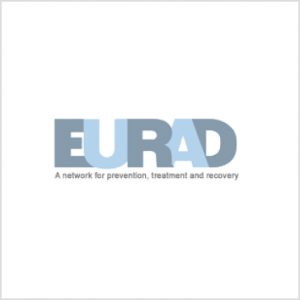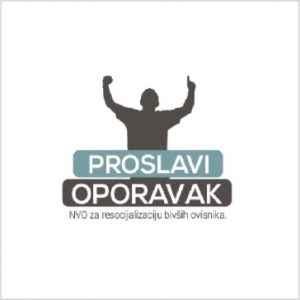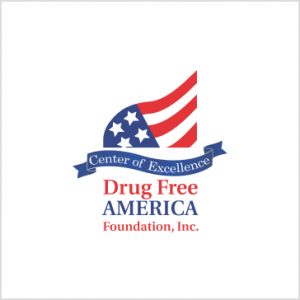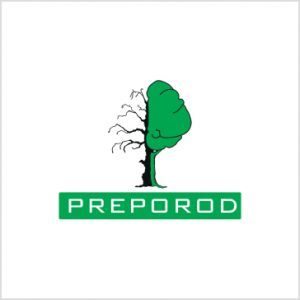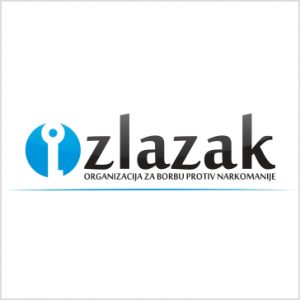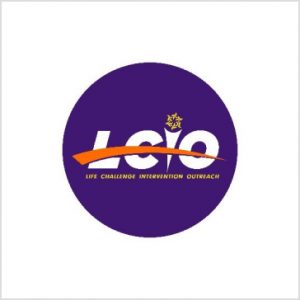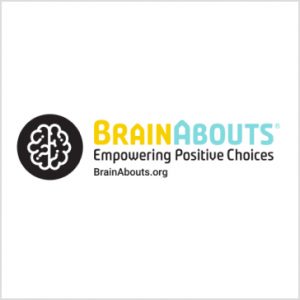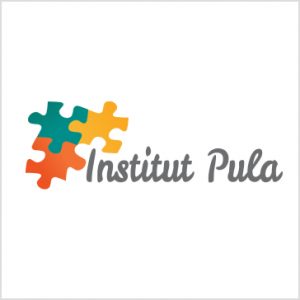The complexity of addiction requires an equally complex notion of recovery. Holistically, recovery is generally conceptualized across three classes of variables- individual, social, and ecological. The biopsychosocial model of recovery fits well within this framework. Expanding recovery conceptually to include the environmental sphere of variables has allowed for new contextual and structural factors to be incorporated into the study of recovery trajectories. This has been the recent scientific trend. However, itemization of recovery factors across all three classes is ultimately incomplete without establishing what binds these variables together. This article proposes the relational nature of recovery as the theoretical connective tissue which binds together these multidimensional variables across individual, social, and ecological spheres.
Introduction
The working definition from the Recovery Science Research Collaborative (RSRC) states that recovery is an “intentional, dynamic, and relational process” focused on improving wellness (Ashford et al., 2018). The RSRC definition is a synthetic and consensual definition drawn from the leading definitions of the time to operationalize the notion of recovery for recovery scientists to use. As such, this definition is a valuable starting point to theorize aspects of recovery.
The current evolution of recovery science presents an opportunity to consider what makes a recovery successful and how healing can emancipate individuals from destructive patterns and lifestyles. Along with new definitions, new theories allow more inductive ways to consider recovery outside of clinical, medical, and pathological frameworks. Recovery-Informed Theory states that “recovery is self-evident, and is a fundamentally emancipatory set of processes” (Brown and Ashford, 2019). Hearteningly, this theory has promoted an emphasis on personal experiences as a primary source for conceptualizing and studying recovery and has helped relieve researchers of the burden of imposing artificial constructs that are contextually absent of meaning, systems critique, and/or intrusive or destructive to recovery communities.
Since recovery predominantly occurs over the course of years within the daily lives of individuals and is not reliant upon persistent clinical or medical support, recovery constitutes both a lifestyle and a culture. As such, recovery is a social, relational, and identity process, whereby thriving becomes the best predictor of outcomes (Best, et al., 2016; Gutierrez et. al, 2020).
Theories and metrics such as Recovery Capital and the Strengths and Barriers in Recovery Survey (SABRs) denote several life areas that account for the significant variance of recovery success, stability, and progress (Best, et. al. 2020: 2021). The Brief Recovery Capital Scale captures personal and social recovery capital in a unipolar instrument (Vilsaint et al., 2019). The SABRs identify life areas, such as taking care of one’s health and engaging in meaningful activities, that are associated with recovery stability (Best et. al 2021). Criticism regarding the measure of recovery capital involves the ecological or community dimension (Hennesey, 2021). While the SABRs instrument better identifies specific factors that serve as recovery strengths and barriers, such as criminal justice involvement and access to transportation (Best, et al., 2021). However, both of these concepts are missing a critical relational component that needs to be further explored. The reason has to do with assumptions we make about recovery- namely, that intrapersonal, interpersonal, and ecological accounting of recovery supportive resources are as far as scientists can get toward measuring recovery. This of course relates to the idea of observable data and the limits of existing recovery measures.
However, I would argue that while personal strengths, access to resources, and community support are critical for recovery, it is really the individual’s relationship to these features that genuinely tie them to recovery. While the difference may seem slight, adding the relational nuance to our scientific models is critical to understanding why those with access to resources still may not recover, or how those with no access might recover anyway, and why systems seeking to support recovery must go further than simply providing necessary forms of support. In short, we are missing the ties that bind recovery supports together. Let’s take a common example – consider the fact that no matter how helpful one’s surroundings may be, without the desire to recover, little can be done to help a person who is struggling with addiction to get into recovery. This is because the individual and their relationship to their environment have not gone through the necessary shift required to make use of the available resources. Yet it is also unhelpful and potentially harmful to assume the person “just doesn’t want it bad enough” – Something more is needed here, we can bean count recovery resources all day long, but without understanding the relational dimension between the individual and those supports, we will never achieve any true predictive power, scientifically speaking.
The Relational Impairment of Addiction
Any family member who has dealt with a loved one deeply affected by addiction knows the challenges of supporting them. Several models and theories related to the challenges of supporting a loved one struggling with addiction exist, ranging from so-called “tough love” to strategies that use “unconditional positive regard”. While this article is not concerned with debating the pros and cons of various strategies, it is essential to note what is absent but implicit within these interventions- having a relationship with someone in active addiction can be painful, and at times, damaging to the emotional health of family, co-workers, partners, and friends. Furthermore, long-term recovery from addiction requires a re-articulation of relational space, namely developing boundaries, healing relational trauma, and learning new ways to interact with intimate others. At the same time, all the parties involved are ideally focused on the recovery process, both at the personal and relational levels. The need for sustained recovery focus and improvement is integral for the individual who is overcoming problematic substance use and for those concerned about them. Thus, a two-step process occurs, those dealing with a loved one in recovery must heal, alongside, and in cooperation with the individual. Often an entirely new relational format is needed within families, and sitting in on any family treatment session will illustrate. Obdurate and negative relational patterns constitute a huge clinical obstacle, one that requires a lot of ongoing work by everyone involved. Though our treatment systems have yet to fully adapt to healing the whole family, most clinicians understand and even stress the relational component of recovery. Obviously, recovery is not, and cannot be solely about the person overcoming addiction.
“Ideas, emotions, and attitudes which were once the guiding forces of the lives of these men are suddenly cast to one side, and a completely new set of conceptions and motives begin to dominate them” (Alcoholics Anonymous, pg. 27)
The relational aspect within families clues us into the importance of the relational space in recovery. From this, we can expand the idea. If healing the relationships within families is so vital to recovery, what about other relationships? What about one’s general relationship to the world, to society, economy, work, and education? We know these factors are important to recovery, but we have yet to frame the relational space beyond family and friends as equally important to understanding recovery. Addiction negatively impacts virtually all relationships. Not just relationships to people and to themselves. Is not healing one’s relationship to their intimate partner, equally important as healing one’s negative relationship to steady employment, or negative relationship to the Child Support Office, or a negative relationship to the bank and credit card companies? Are not the dysfunctional ties to these institutions and systems a cause for poor emotional health as well? What about when one looks in the mirror? Should they not use the same means of rearticulating their relationship with themselves as they do with their spouse.
The relationship to the self (intrapersonal), to others (interpersonal), and to their ecological field (ideas, institutions, systems, and society), must all be considered of equal importance. On the one hand, we can account for these three areas with certain metrics, but can we account for the relationship between the individual and each of these areas?
Not Just Human Relationships
What other relationships change in recovery? One of the most interesting effects of recovery involves changing relationships to ideas and institutions. One cannot underestimate how much ameliorative potential is unlocked in the re-articulation of the self in relation to the world through the recovery process. Often recovery requires that one let go of their existing views of various social institutions. Take for example a person who is involved with the law. In this case, one’s relationship with the criminal justice system is almost entirely negative. Often there is tremendous resentment towards police, judges, and probation officers. Existing criticism of the criminal justice system in America notwithstanding, if one is to live with an ounce of peace, then they quickly realize that toxic forms of anger aimed at anonymous systems, ideas, and institutions (as flawed as they may be), is a futile waste of precious emotional energy, and to continue to harbor deep senses of anger, hatred, and cynicism set one at an emotional disadvantage in their recovery. Or take a person’s negative relationships with institutions such as marriage, school, political parties, or employers. Regardless of whether one has a justified reason to consider these things in a negative sense, those in early recovery understand relatively quickly that their view of the world must change. This essential shift sets up a new relational possibility – the person comes to understand that rather than taking up the role of Sisyphus, refusing to be happy, or satisfied until such institutions radically change to alleviate their negative emotions, that they might simply reposition themselves either to a position of neutrality, or alternatively, acquiring the skills, knowledge, and capacities to honestly challenge such things down the road. This subtle repositioning often makes all the difference between a life lived in futile exasperation or one of proactive peace and wisdom. Even the Serenity Prayer is explicit on this point.
Relation to Resources, Rather than Resources Alone
So how might recovery researchers begin to capture these phenomena? First, to return to the general equation of recovery dynamics, we might see that it is not just a capture of variables from the intrapersonal, interpersonal, and ecological pools that matter in measuring recovery, but that it is the nature of those relations that should be the target. It is not just the resources of the self, it is the relationship to the self that matters. It is not just the number of recovery supportive social resources that counts, but it is the nature of one’s relations to other people, both near and far that matters. And finally, it is not just whether one is surrounded by helpful institutional resources for recovery, but rather, one’s relationship to these institutions that matter the most.
Source: https://recoveryreview.blog/



